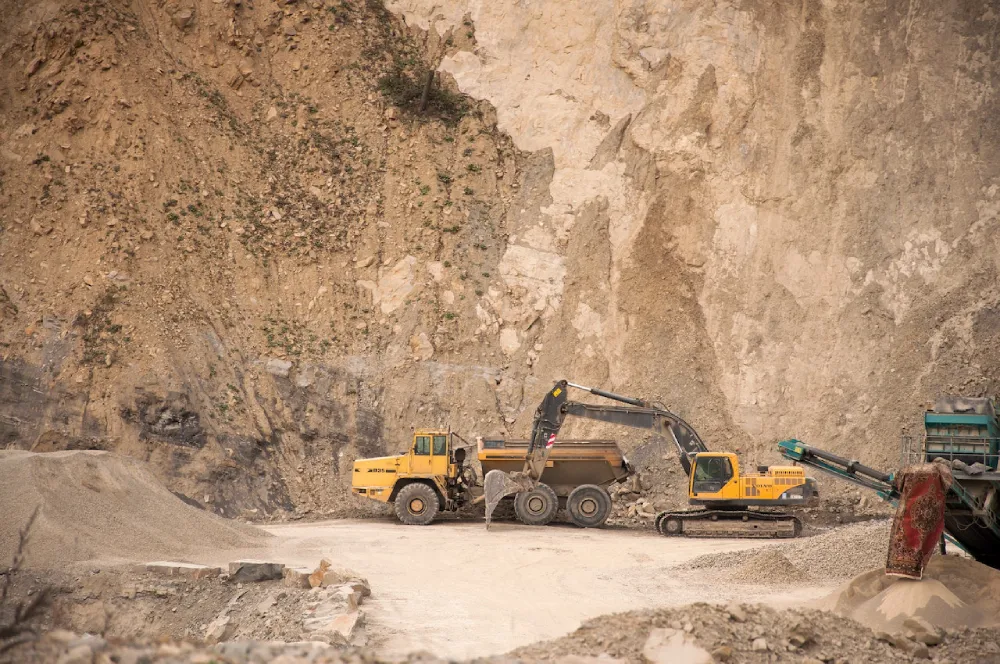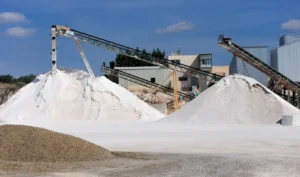
Exploring the Depths: The Fascinating World of Rock Quarries
- Rock Quarry
Rock quarries, often hidden from plain view, hold the key to some of the world’s most enduring and iconic architectural wonders. In this blog post, we’ll embark on an adventure deep into the heart of rock quarries, uncovering the secrets and significance of these natural sites.
Natural Formation:
Rock quarries are windows into the Earth’s history, offering a glimpse of the geological processes that shaped the planet over millions of years. These quarries often expose layers of sedimentary rock, including limestone, sandstone, granite, and more. The layers themselves tell stories of ancient oceans, volcanic eruptions, and the gradual accumulation of minerals.
Modern technology has allowed us to explore quarries with precision and safety. Drilling and blasting techniques, as well as excavation equipment, help extract valuable stone resources efficiently.
Quarrying Techniques:
The methods employed in quarrying depend on the type of rock and its intended use. For limestone, which is often used in construction, large blocks or slabs are cut from the quarry face using saws or diamond wire saws. These massive stone blocks can weigh several tons and are transported to processing facilities.
In contrast, quarries that yield more delicate and decorative stones, like marble, require specialized techniques such as diamond wire sawing and careful hand extraction. Modern quarries focus on minimizing environmental impact, implementing sustainable practices, and ensuring worker safety.
Global Diversity:
The world’s rock quarries offer a remarkable diversity of stone types and characteristics. For example, Carrara in Italy is renowned for its high-quality white marble, which has been used in iconic sculptures and buildings. The granite quarries of Barre, Vermont, provide the fine-grained stone for memorials and monuments. Indiana limestone quarries have supplied the classic material for many prominent structures in the United States.
Each quarry’s unique geological makeup results in stone with distinct colors, patterns, and textures, making it possible to create one-of-a-kind structures and works of art.
Rock quarries are more than mere mines; they are windows to our planet’s history and the source of materials that have shaped human civilization. The remarkable stories etched into these quarries, coupled with the skillful quarrying techniques and the global diversity of stones they provide, are a testament to the enduring significance of these hidden wonders.
Recent Post

Uses for Limestone in Construction

